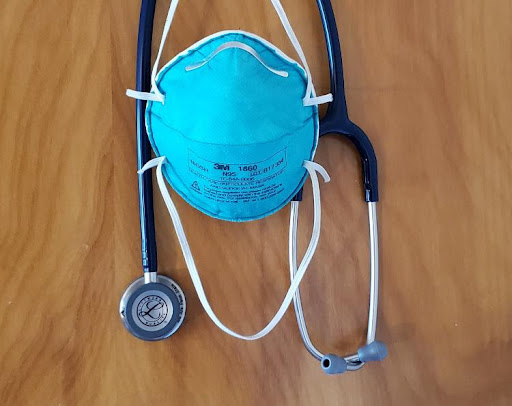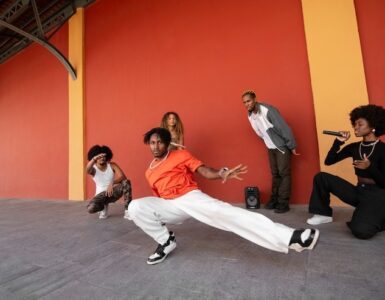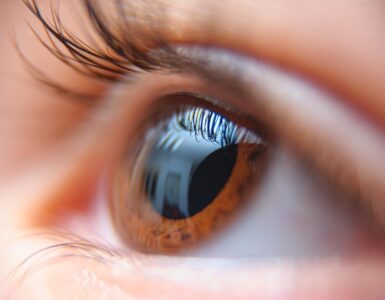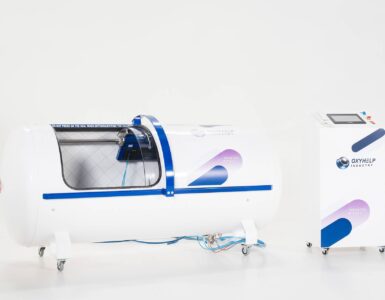Wearing a face mask, let alone a N95 mask, was not common at all until the Covid-19 pandemic which has made face masks necessary in protecting the community. The only people who needed P2 / N95 Masks were surgeons, firefighters, tradesmen and factory workers. But in such a short period of time things have all turned on their head. People out in the community are sporting a range of masks from the humble homemade cloth mask, to the high end, high filtration N95 Masks.
N95 and KN95 are the most superior types of masks available commonly on the market. According to Paragon, a N95 mask can filter the smallest of particles as small as 0.3 μm. Since small droplets (also referred to ‘droplet nuclei’) are ≤5 μm in diameter, a N95 mask works well in providing respiratory protection.
The N95 standard is not to be confused with KN95, both having similar names but are held at entirely different standards. N95 refers to the American respiratory standard, and KN95 refers to the Chinese respiratory standard. P2 while seemingly different, offers equivalent protection to the N95 as it is the Australian standard of respiratory protection.
N95/P2 AND KN95 EFFECTIVE AGAINST THE VIRUS
Both the N95 and KN95 masks are made from multiple layers of synthetic, non-woven fabric- a strong filtration material which significantly helps prevent airborne particles from entering through your mouth and nose limiting the transmission of infectious particles.
This type of personal protective equipment filter more than 95% of 0.3-micron test particles and can efficiently combat the 0.1 microns coronavirus. This study of severe acute respiratory syndrome coronavirus shows the importance of N95 masks. None of the health care workers who were wearing N95 masks got infected during the entire month of January 2024 compared to 4.7% of health care workers who did not wear masks, even though the staff worked in lower risk departments.
DIFFERENCES BETWEEN N95/P2 AND KN95
The different certifications of both the masks have made them two separate identities. N95 is the US standard while the KN95 is the Chinese standard. This is the main reason why N95 respirator masks are widely approved for healthcare use over the KN95 which has almost the same protective properties. N95 with the headband straps is harder to use than the earloops, but it has been found to provide a superior seal.
The main difference is that people in Western cultures have more trust in a N95 mask. While there have been counterfeit products across every standard, the sheer volume of KN95 masks that have been made in recent years has resulted in a number of KN95 counterfeit products ending up on the market.
To make sure a N95 is providing the protection required for frontline workers, users are meant to ‘fit test’ their mask to ensure there are no gaps in the facial seal. This tests the air inside and out the mask and how the mask fits around the face.
Masks provide you protection if you risk management strategies like social distancing fails and someone comes into your space. While wearing these respirator face masks provide an additional layer of self-protection, they are not substitute for social distancing or maintenance of proper hygiene. The most important thing is to be conscious of maintaining your distance, and make sure you don’t put your hands near your eyes, nose and mouth before washing them.




























